Celebrate the Caribbean Endemic Bird Festival (CEBF) with us! Our theme in 2024 is “Protect Insects, Protect Birds”—highlighting the importance of protecting insects for birds and our environment. Have fun learning about a new endemic bird every day. We have colouring pages, puzzles, activities, and more. Download for free and enjoy learning about and celebrating nature!
Endemic Bird of the Day: Puerto Rican Oriole
If the early bird gets the worm, the Puerto Rican Oriole (Icterus portoricensis) really has an edge on the competition! These charismatic birds (called Calandrias in Spanish) mainly sing in the darkness of the early morning, before first light. Both male and females sing lilting, whistling songs until sunrise, after which they mainly produce sharp tchu and buzzy wink calls. Mated pairs often stay close together all day long, and use those calls to keep track of each other, like a game of Marco Polo.
The Puerto Rican Oriole is a member of the Icterus genus, and used to be called the Greater Antillean Oriole. In 2010, the Greater Antillean Oriole was split into four distinct species: the Cuban Oriole (Icterus melanopsis), the Hispaniola Oriole (Icterus dominicensis), the Bahama Oriole (Icterus northropi), and the Puerto Rican Oriole.
Puerto Rican Orioles are endemic to the island of Puerto Rico where they can be found across the island in gardens, mangroves and other wooded areas. They forage in pairs or family groups for insects, spiders, fruits, nectar, small lizards, and frogs. Their pointed beaks are sharp and strong, perfect for prying into small cracks in trees or pulling off pieces of breadfruit.
They have beautiful, unmistakable plumage—adults of both sexes are mostly black, with patches of intensely yellow feathers on their shoulders, rump, lower belly, and thighs. Juveniles are olive-green or yellow, with patches of black feathers appearing as they age. It is impossible to tell males and females apart just by looking at them. But only females build the nest, so if you see a Puerto Rican Oriole building a nest you can be certain it’s a female!
Females weave the fibers of palms into a cup-shape nest, which hangs underneath palm fronds or banana leaves. Typically, they prefer to nest and forage on the edges of forests, especially in areas with palms. If you live in Puerto Rico and have palm trees, check under the fronds, from March to June, where you may find their basket-like nests! But remember to be a good host and give her space and privacy. Their oval-shaped eggs are pale white with brown speckles on them, and both parents raise the chicks after they hatch. Nestlings are fed more insects than fruits.
Though classified as Least Concern by the IUCN, preliminary research indicates that the population may be declining. Unfortunately, Puerto Rican Oriole nests are favorite targets for parasitism by Shiny Cowbirds (Molothrus bonariensis), who lay their eggs in the nests of other birds for them to raise. As a result, Puerto Rican Orioles often raise cowbird chicks instead of their own, and their reproductive success is low. They may be more successful in more densely forested areas where there are fewer cowbirds.
Overall, the Puerto Rican Oriole is a beautiful, fascinating bird that any visitor to the island should be sure to seek out. If we protect their natural habitats and monitor their population, this endemic songbird can continue its early morning serenade for generations to come.
Learn more about this species, including its range, photos, and calls here. Great news! If you’re in the Caribbean, thanks to BirdsCaribbean, you have free access to Birds of the World and you can find out even more in the full species account of this bird!
Thanks to Arnaldo Toledo for the illustration and Michelle Moyer for the text!
Colour in the Puerto Rican Oriole
Download our West Indies Endemic Bird colouring page. Use the photos below as your guide, or you can look up pictures of the bird online or in a bird field guide if you have one. Share your coloured-in page with us by posting it online and tagging us @BirdsCaribbean #CEBFfromthenest
Listen to the song of the Puerto Rican Oriole
The song of the Puerto Rican Oriole is a series of high-pitched whistles , mixed with buzzes and warbles.
Puzzle of the Day
Click on the image below to do the puzzle. You can make the puzzle as easy or as hard as you like – for example, 6, 8, or 12 pieces for young children, all the way up to 1,024 pieces for those that are up for a challenge!
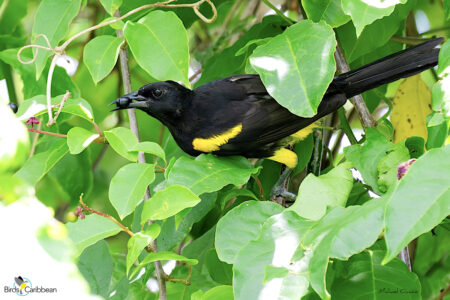
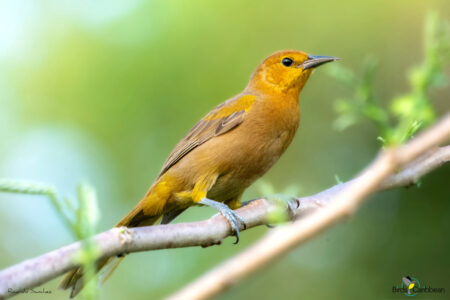
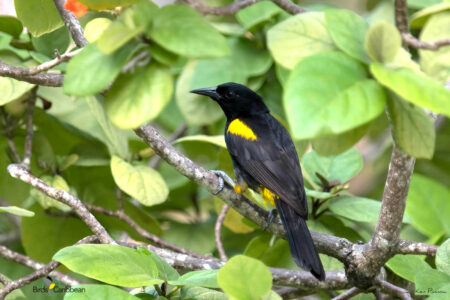
Activity of the Day
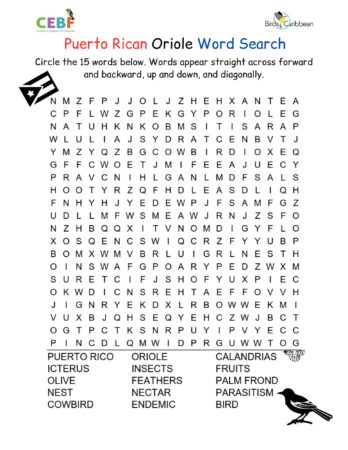 FOR KIDS : Can you find the words in our Puerto Rican Oriole word search? Remind yourself of some of the interesting facts about this endemic bird as you look for all 15 hidden words!
FOR KIDS : Can you find the words in our Puerto Rican Oriole word search? Remind yourself of some of the interesting facts about this endemic bird as you look for all 15 hidden words!
Remember the words may appear forwards and backwards, as well as horizontal, vertical and diagonal!
Need some help? Or want to check your answers? You can see where all the words were here.
FOR KIDS AND ADULTS : Enjoy this video of a Puerto Rican Oriole in the wild!

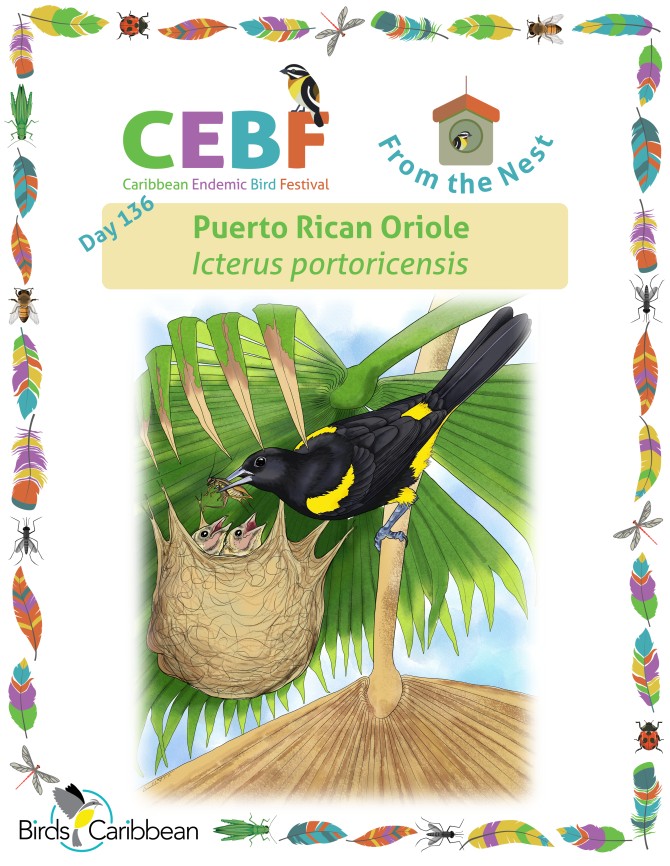
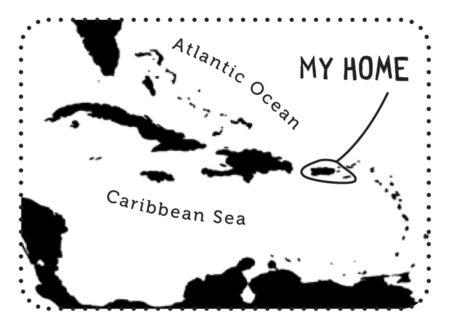
So awesome. My mom used to spend many hours reading and learning about different birds from around the world. This is great. I like that we can listen to their song too!!